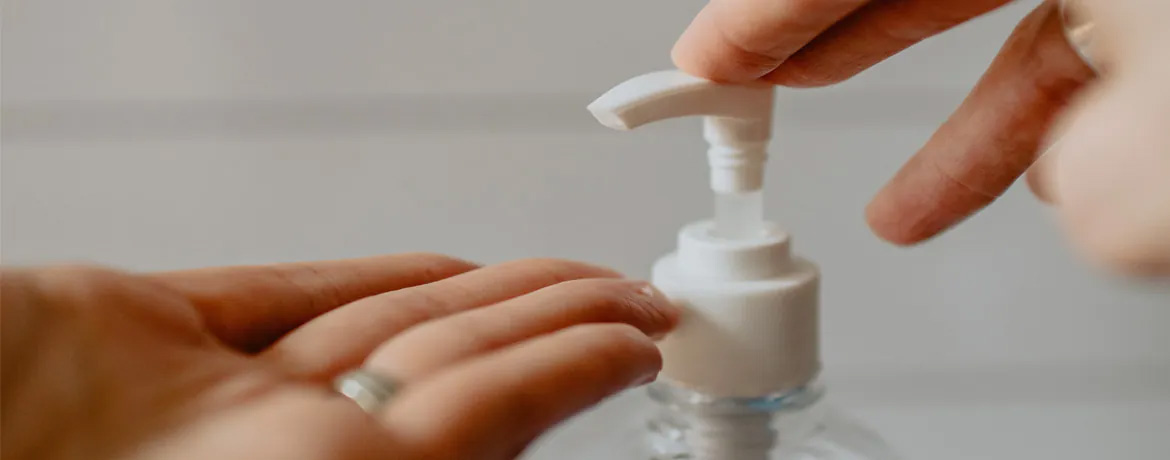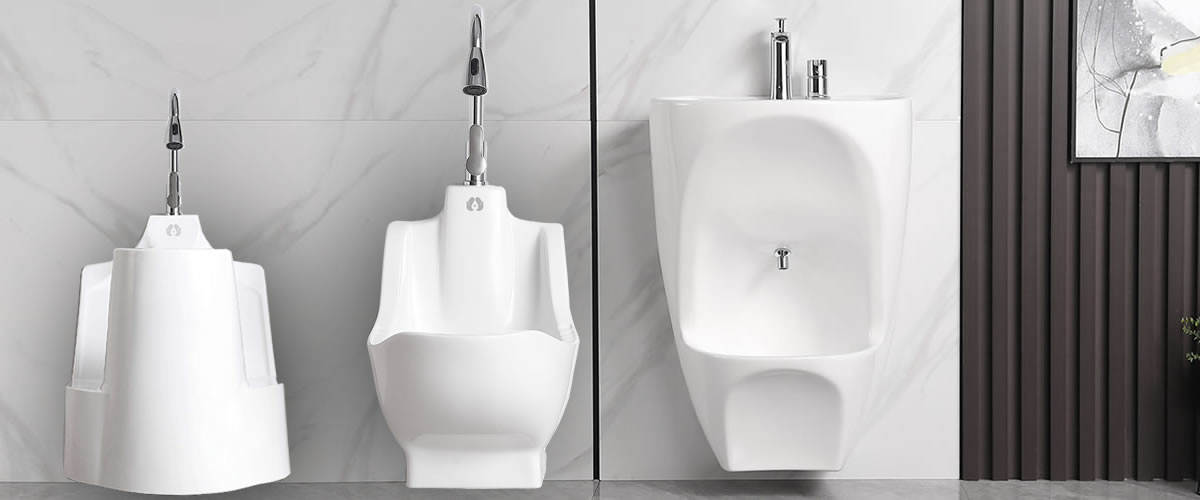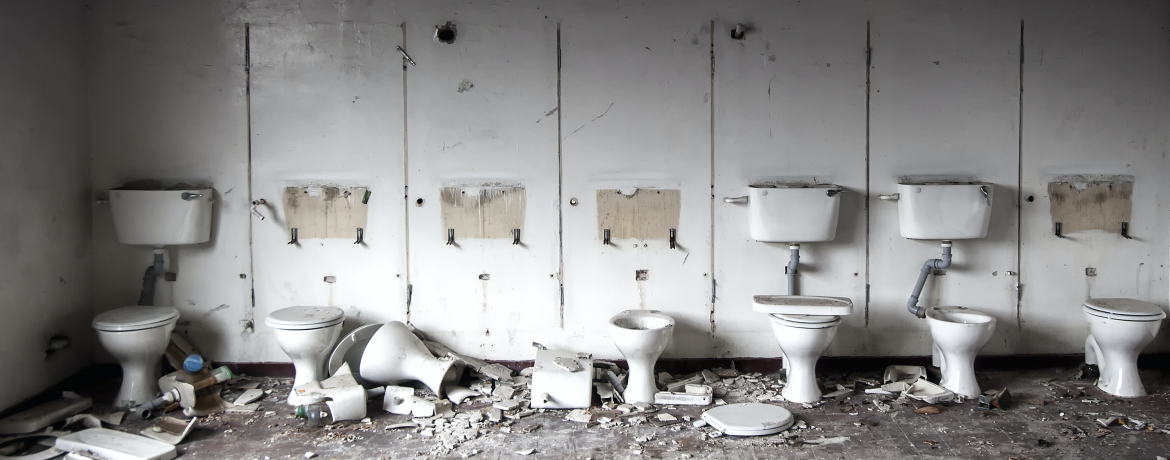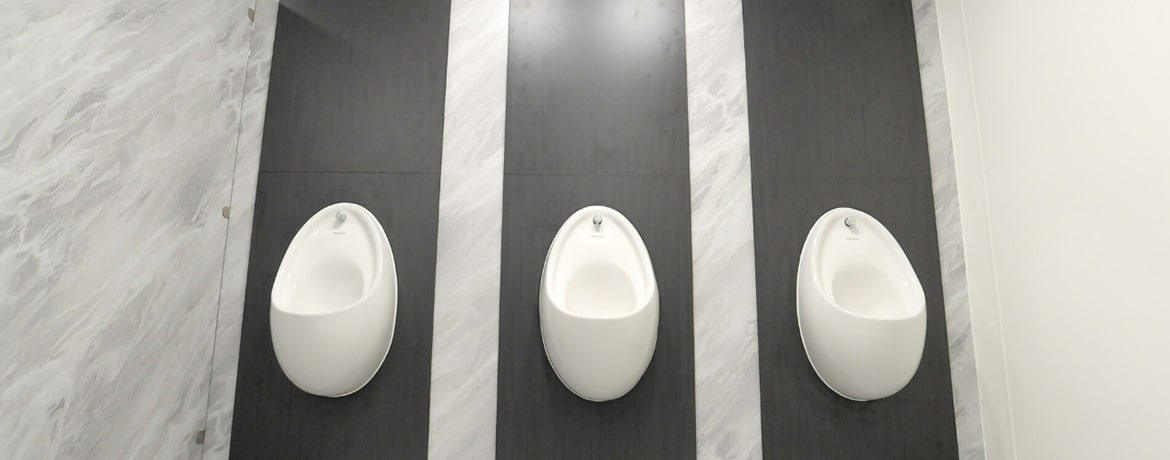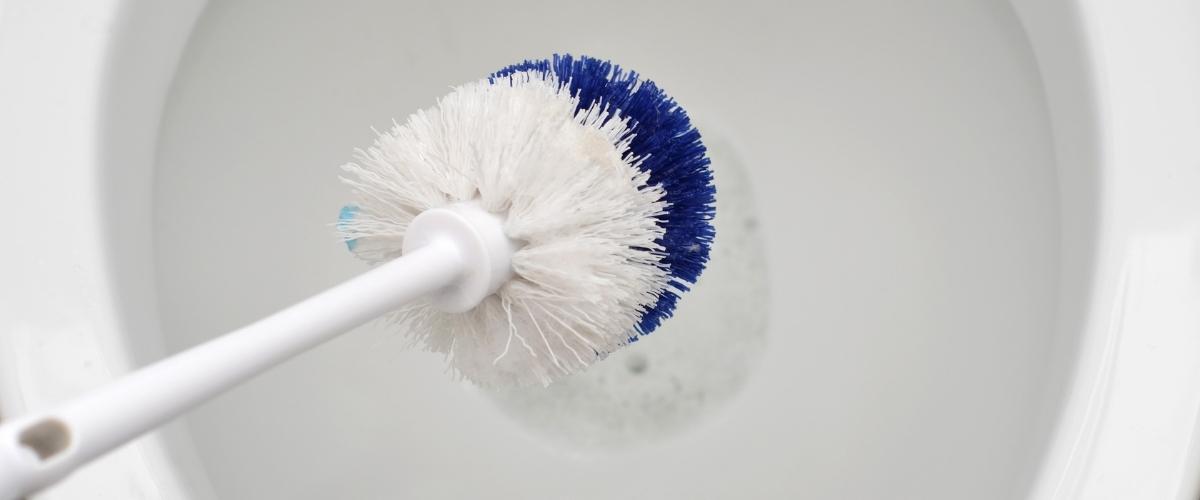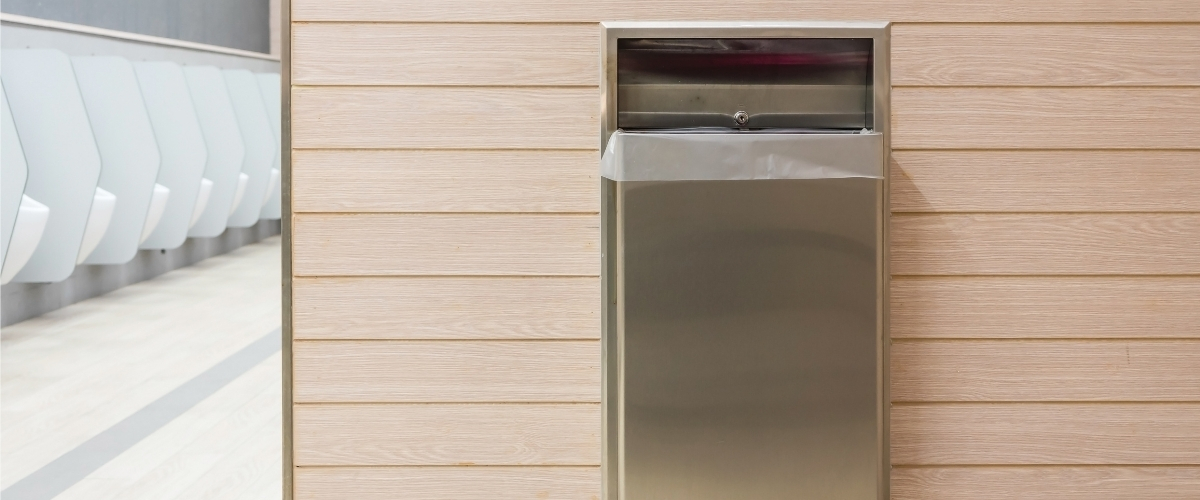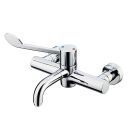Understanding HTM 64
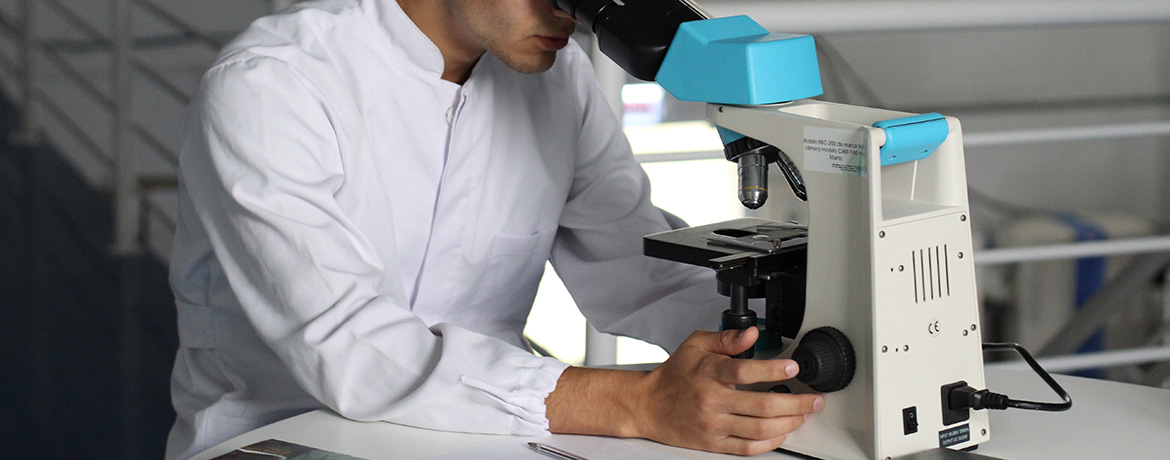
Health Technical Memorandum 64 (HTM64) is a Department of Health publication that provides guidelines specifically for the health care sector. The guidelines of HTM 64 need to be adhered to in all relevant new build projects, or whenever existing facilities are refurbished. Here we take a look at what’s involved.
What is a sanitary assembly?
HTM 64 refers specifically to the design of sanitary assemblies. The technical document regards a sanitary assembly as ‘comprising of a soil or waste appliance and appropriate supply and waste fittings. So this basically covers your toilets, urinals, sinks, taps and showers. However, in healthcare environments, this will also include hand washbasins and plaster sinks which may not necessarily be in the washroom, but in consultation and practice rooms, as well as wards and bedrooms.
These sanitary assemblies are broken down into two further categories. General Pattern and Hospital Pattern.
General Pattern refers to non-clinical sanitary ware that is used by patients, visitors and staff, while Hospital Pattern refers to sanitary assemblies that are used by staff in connection with clinical procedures.
Washbasins are a great way of understanding the difference between the two types of pattern. A General Pattern basin is designed to allow handwashing in a reservoir of water and a plug is specified to allow this – much like a common washbasin in the home bathroom. Meanwhile, a Hospital Pattern washbasin only allows hand washing under a constant stream of running water and has a water outlet placed on the back wall of the basin without a plug.
Complying with HTM 64 in clinical environments
One of the main areas of HTM 64 is water supply and basins in the clinical environment. These may be plaster sinks or disposal sinks in operating theatres, treatment and consultation rooms. As with all good design, a large part of HTM 64 is to significantly reduce the risk of contamination and the spread of bacteria. Naturally, this means reduced surface areas and no nooks or crannies where bacteria can hide. This also means closely monitoring your mains water supply to mitigate the risk of contamination. Below, we look at some of the main ways this can be done.
Basin
Vitreous china medical washbasins need to be designed to a hospital pattern, this means the drainage outlet is situated horizontally at the back of the basin. The basin cannot have any additional holes for taps, overflow or chains. This leaves you with a smooth, easy to clean sink with no areas that bacteria can linger or build up.
Taps
You’ll need medical taps that need to be sensor, or lever operated. This stops contamination and the spread of bacteria as they are either operated by clean elbows, or automatically. The tap will also need to have an open nozzle and flow straightener. The flow of water cannot flow directly into the drain outlet, which the hospital pattern basin helps to prevent.
If you would like further advice on which taps or basins to choose, please get in touch.
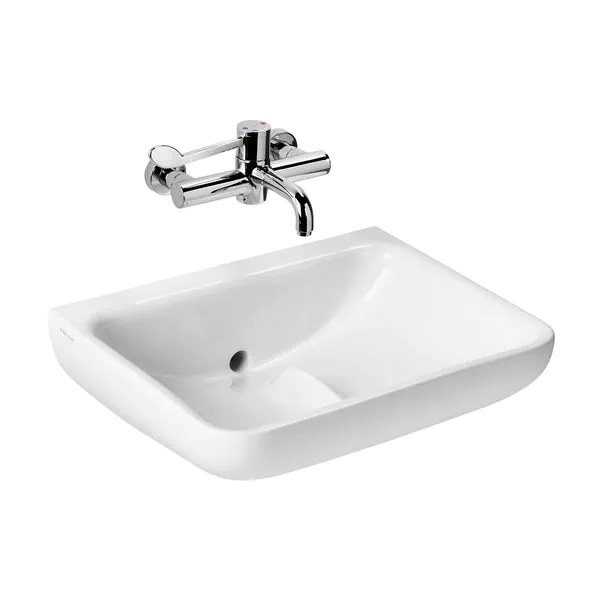

Water Safety Plans (WSPs)
Healthcare providers should develop a water safety plan within their facilities. This risk management approach is needed to keep a close eye on the water supply and should include temperature regulation and regular checks to prevent bacteria contamination to the water supply. A recorded schedule of Legionella and P. Aeruginosa checks will be needed in environments where HTM 64 is relevant as will the use of TMV3 thermostatic valves.
Legionella checks
Legionella checks make sure your water supply does not carry Legionella bacteria, which can lead to Legionnaires’ Disease, a lung infection similar to pneumonia. Legionella checks involve a series of different weekly, monthly, quarterly, six-monthly and annual procedures. This can be outsourced or carried out by site managers.
If you would like to read more on legionella checks, read our feature – Legionella Checks: Reducing The Risks
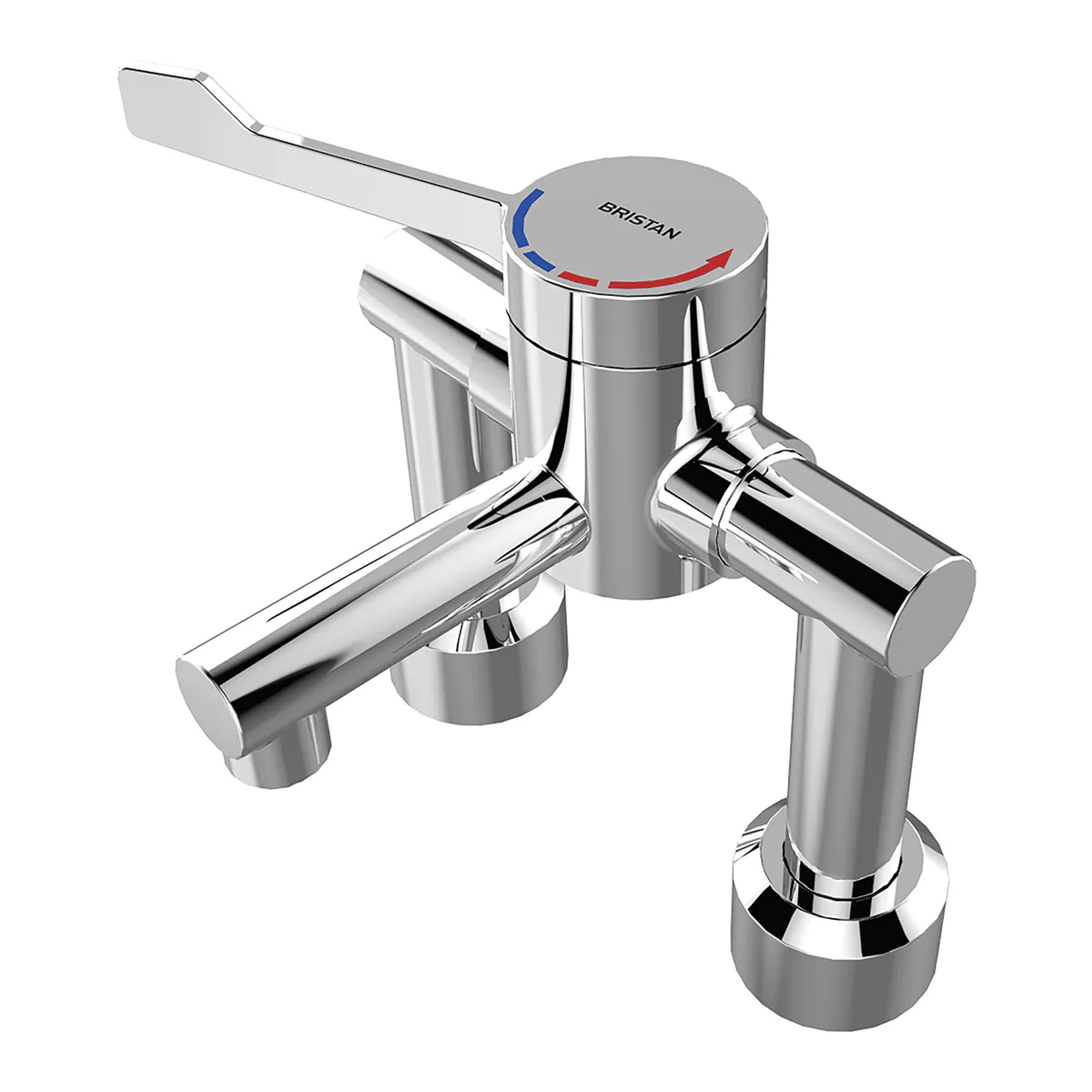

P. Aeruginosa risk assessments
Pseudomonas Aeruginosa is a bacteria associated with disease in humans and thrives in moist, wet environments. P. Aeruginosa can be found in the last two metres of water supply before the outlet and is an opportunistic bacteria that needs very little nutrients to survive. Due to the wide number of areas that this bacteria can be found, and the diverse ways it can be contracted, rigorous risk assessments are needed. The bacteria can be contracted by washing, consuming or bathing in contaminated water as well as breathing air in areas where it may be present. Checks and risk assessments need to be carried out at regular intervals to the storage of your water supply and the events that take place during the delivery of this water.
For further advice or information on P. Aeruginosa risk assessments, please get in touch.
TMV3 mixer valves
On the hot water supply, you’ll need to make sure that TMV3 D08 approved thermostatic mixer valves are fitted. This accurately controls the temperature of the water and prevents scalding to the user.
Other suggestions
There are other steps you can take to reduce the risk of bacteria contamination within sanitary assemblies too. For instance, the rim of a toilet is a common area for bacteria build-up and a tricky area to clean effectively. However, rimless toilets are available which remove this problem. The same functionality applies with some urinals that benefit from concealed flush pipes and drainage, as well as no overhanging rim.
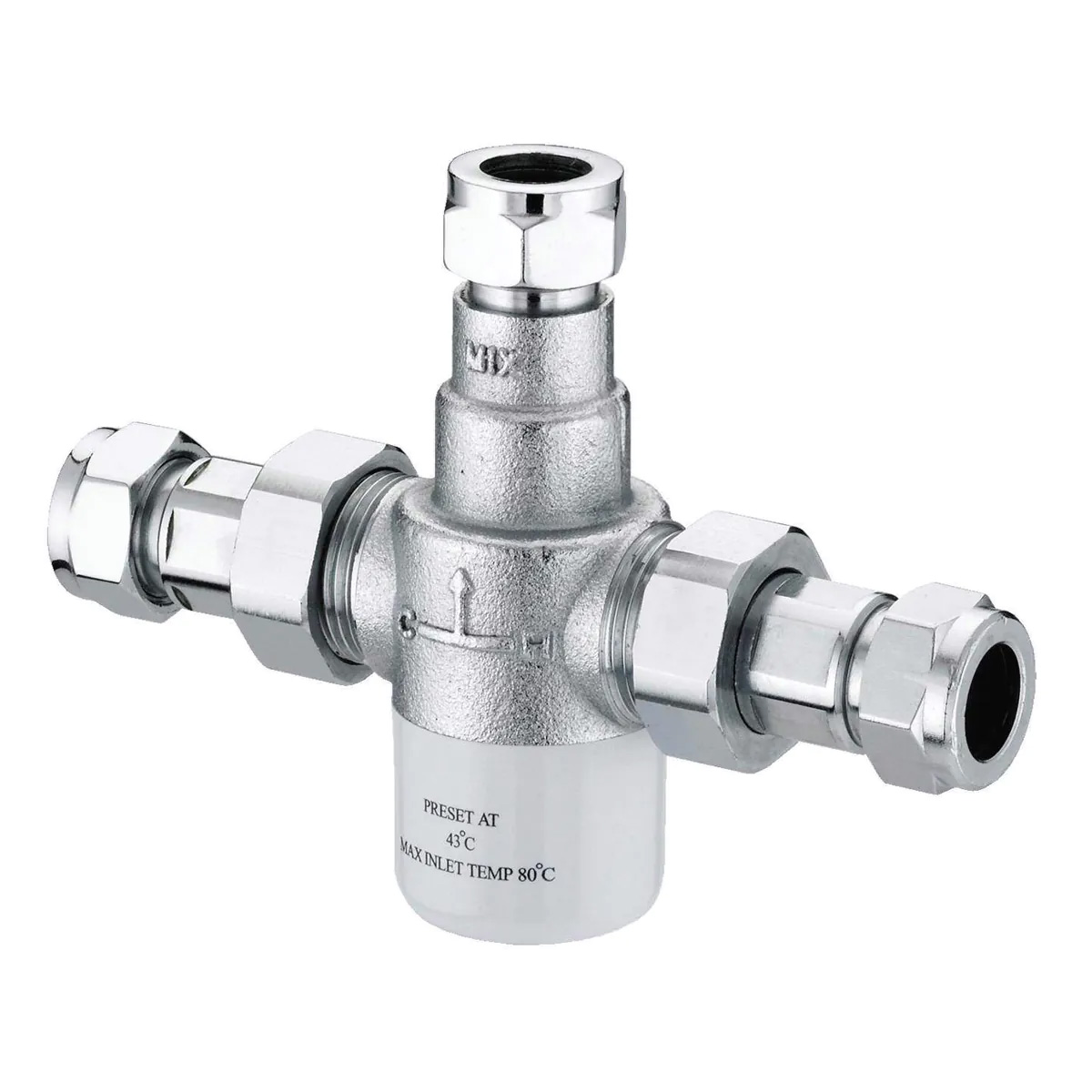

Do I need to adhere to HTM 64?
Health Technical Memorandum 64 (HTM64) comes into play in new build projects or when existing facilities are being refurbished. The guidelines on sanitary assemblies apply in surgical, clinical and wider healthcare environments including, care homes, day centres, hospitals, general practice surgeries and drop-in clinics.
As always, our team are at the end of the telephone for all your queries and questions and have a wealth of knowledge they’re happy to share with you. So if you need some guidance, or would like to talk over your options, you can give them a call on 01202 650900.
Got a question? Get in touch
MORE TO EXPLORE IN Related Posts

Bristan Thermostatic Wall Mount TMV3 Mixer Tap
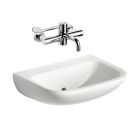
Armitage Shanks Contour 21 50cm Washbasin
As low as £262.80 £219.00

